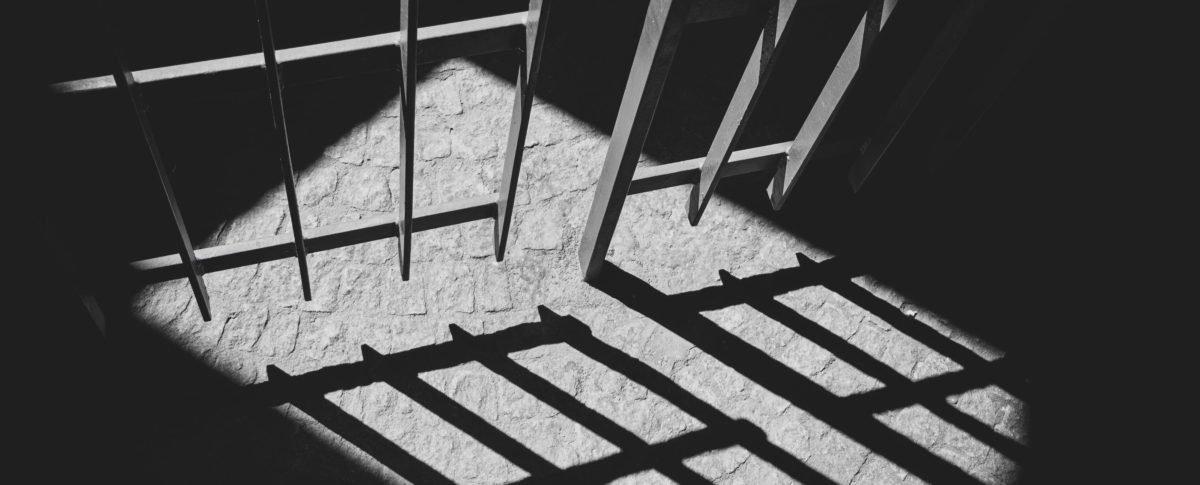Carceral pedagogy broadly refers to teaching practices or methods that are employed to educate people who have been incarcerated for short or long periods of time. It’s sometimes interchangeably used with ‘prison education.’ As such carceral pedagogy can be defined as a teaching approach that takes into account the hopes, limits, unique needs and transformative possibilities carceral contexts hold for learning and teaching.
Carceral pedagogy defined this way is a solution. It begins with the recognition that teaching individuals who are incarcerated requires teaching strategies or approaches that are different from teaching non-incarcerated individuals, because the incarcerated have distinct needs compared to people who are not. As Molly Reed reminds us, “To ignore the structural differences between teaching in prison versus other settings leads to potential blind spots that can limit the capacity of instructors to understand and serve students.”
Carceral contexts, by virtue of the space and place they occupy, present unique challenges to students and teachers alike. For example, Kirsten Coe, who was involved in the Cornell Prisoner Education Program, describes how the absence of basic lab equipment, and space made teaching science challenging. Teaching in carceral contexts, therefore, requires that teachers plan for challenges and complexities that are unique to carceral spaces. Furthermore, basic assumptions we make about trust and the relationship between the learner, peers and teachers have to be carefully considered, built and maintained.
Carceral Pedagogy: an Emerging Definition
In the above definition carceral pedagogy is used to describe primarily teaching strategies within prison settings. In addition to encompassing prison pedagogies, more recently the term carceral pedagogy is being used to conceptualize the growing trend where schools are increasingly employing surveillance technologies and oppressive teaching methods in schools. In this sense carceral pedagogy highlights the oppressive nature of the methods and techniques in all learning spaces (see Ilana Horn’s #EndCarceralPedagogy campaign on Twitter).
This emerging definition describes a problem. It’s a recognition of an alarming problem in education. For example, in her remarks at a Contact North webinar, Audry Watters described carceral pedagogy as, “a pedagogy that draws on beliefs and practices that echo those of prisons — surveillance, punishment, and too often literal incarceration.” This view holds that modern era schools exist on a carceral spectrum. And surveillance capitalism is pushing them well past the “soft” end of that spectrum. This problem has been especially exacerbated by the fact that school administrators appear to approve and justify technologies or techniques if their use is perceived to lead to what they consider to be desirable outcomes. For example, better test scores (by employing techno-mechanical teaching techniques),or elevate test integrity (through the use of oppressive surveillance and control methods).
Summary
Earlier definitions of carceral pedagogy presented it as a solution to the challenges of educating imprisoned individuals. The emerging definition, on the other hand, defines it differently. In this emerging view carceral pedagogy is something to be avoided, because it is oppressive and disempowers learners, therefore we must end it.
Further reading/listening
- Carceral pedagogy hashtag on Twitter
- Jennifer Berkshire and Jack Schneider’s Have You Heard podcast, episode #92
- Ilana Horn’s thoughts
- Greg Ashman: No, you are not cancelling Teach Like a Champion
- Prison Education: Open Minds Inside the Walls (Seeking Justice: Conversations on Incarceration)
- Rebecca Ginsburg: Critical Perspectives on Teaching in Prison
- Joe Lockard: Prison Pedagogies: Learning and Teaching with Imprisoned Writers
- Kate Drabinski & Gillian Harkins: Teaching Inside Carceral Institutions
- Matthew Effect
Image Credit: Tim HüfnerHire/Unsplash





Comments are closed.